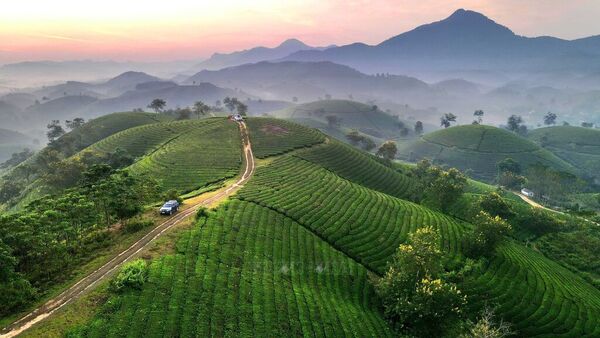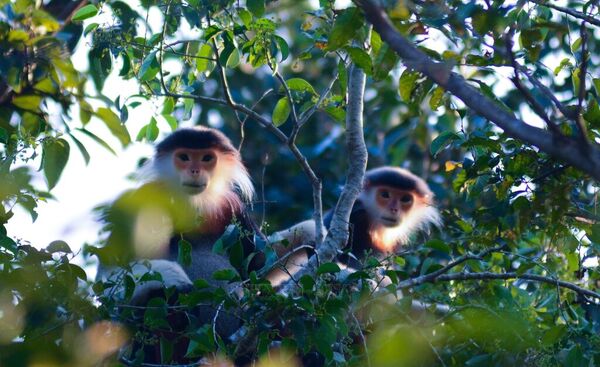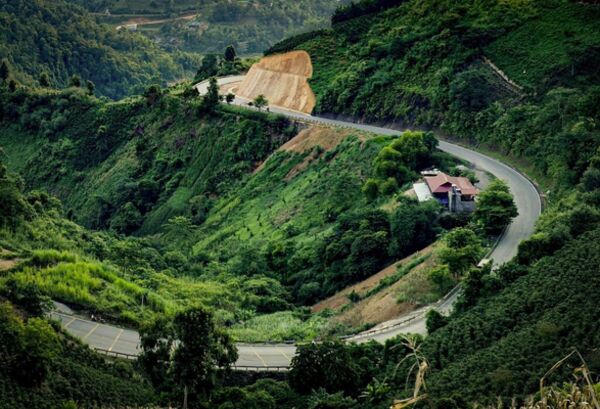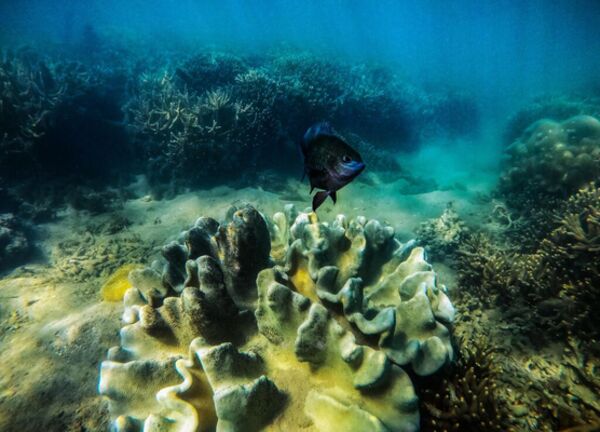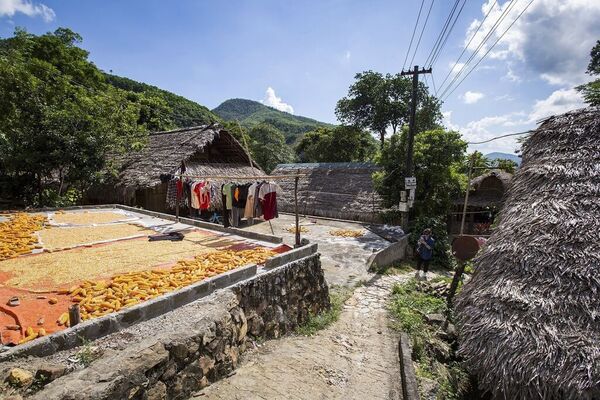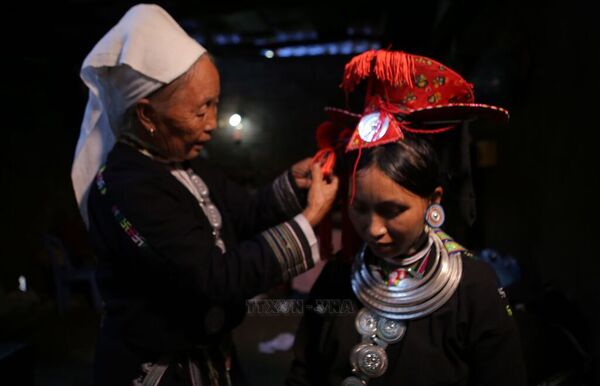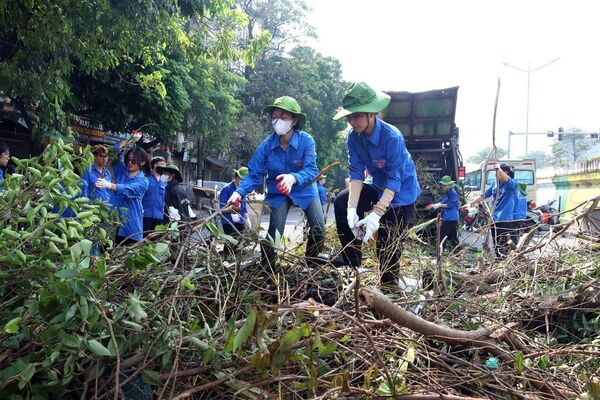

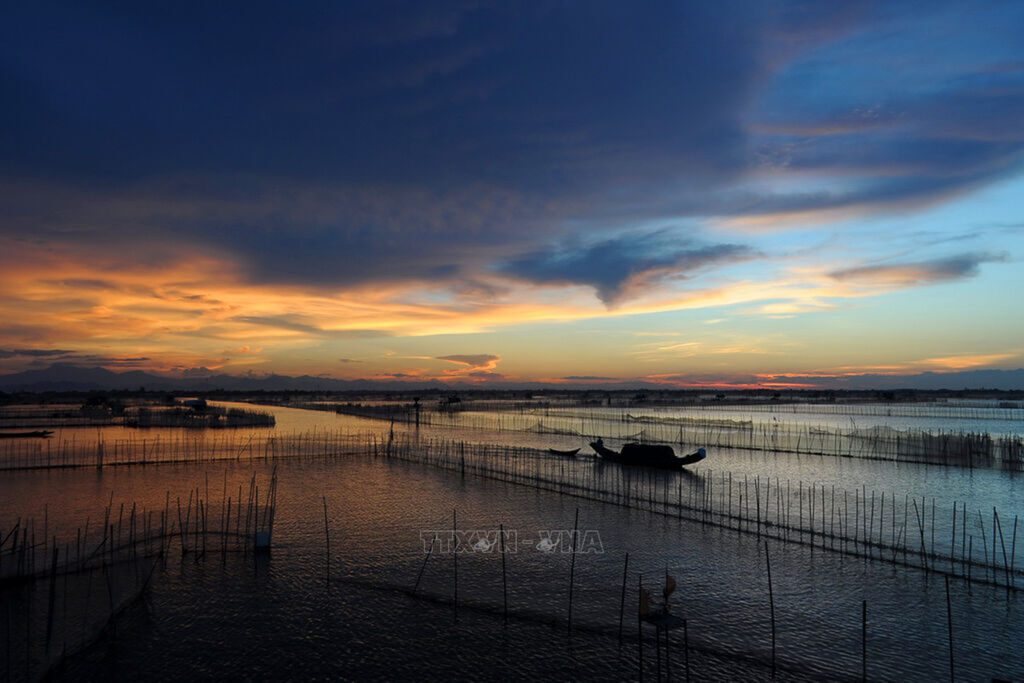
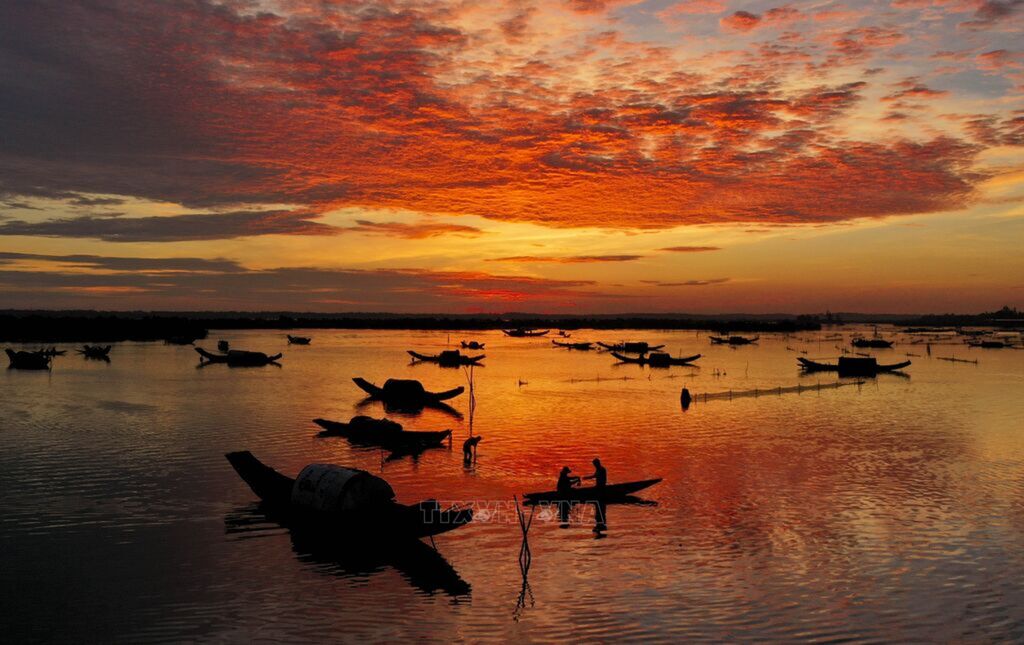
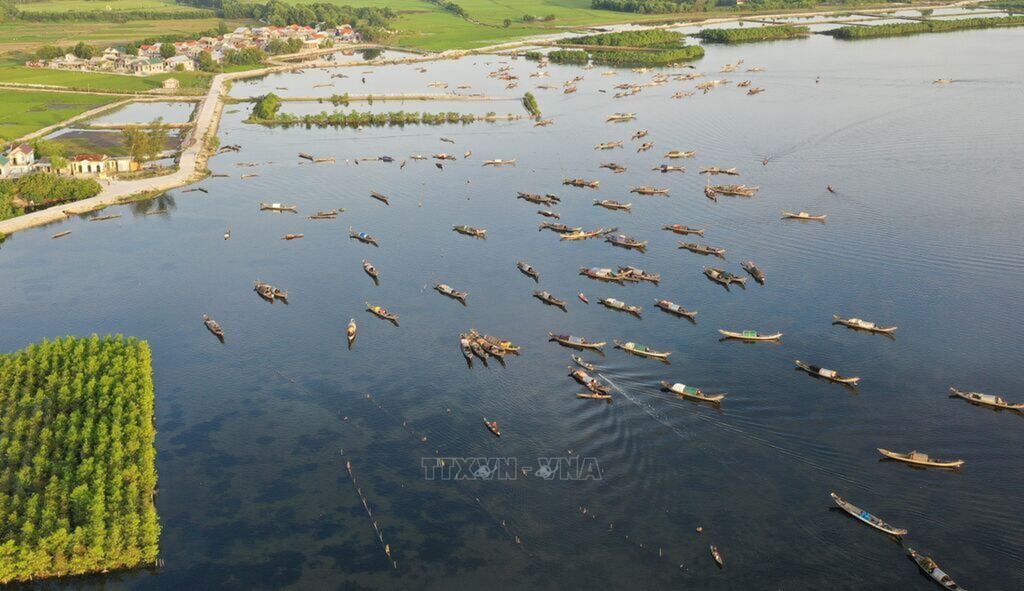

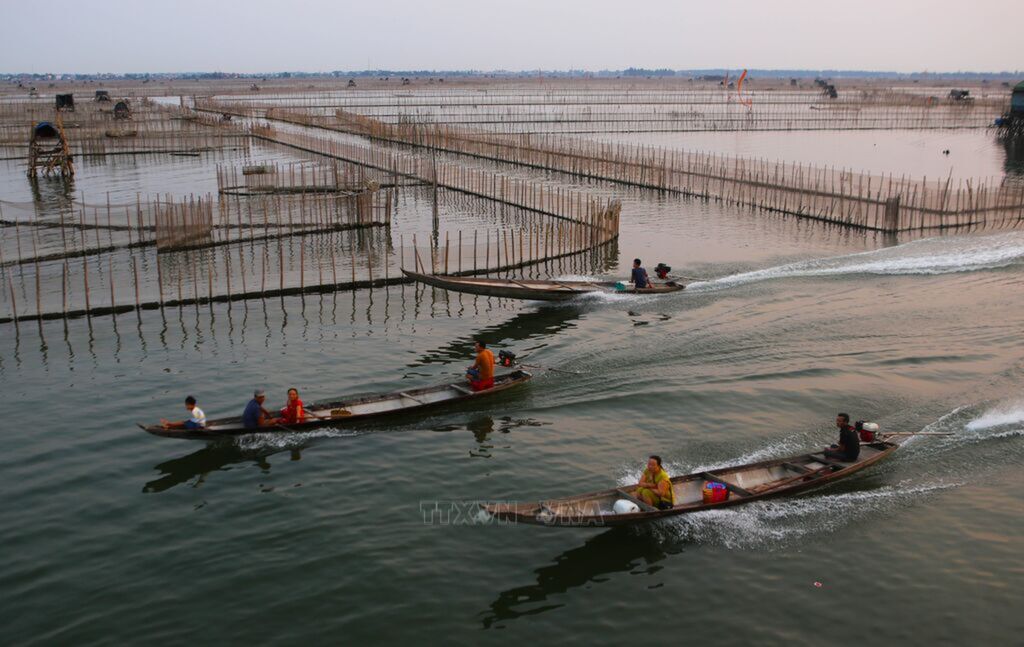
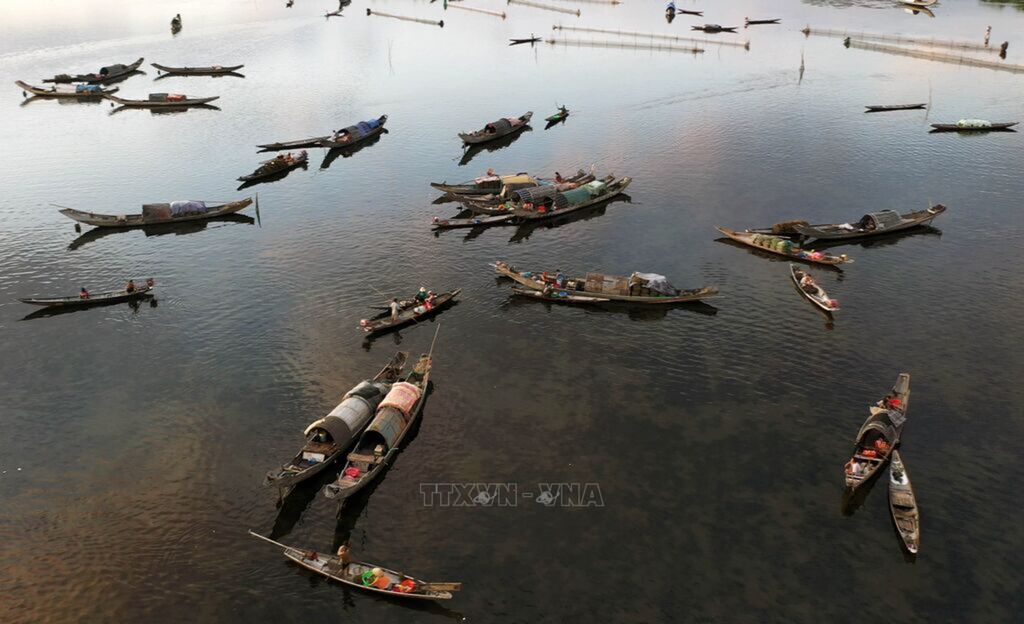
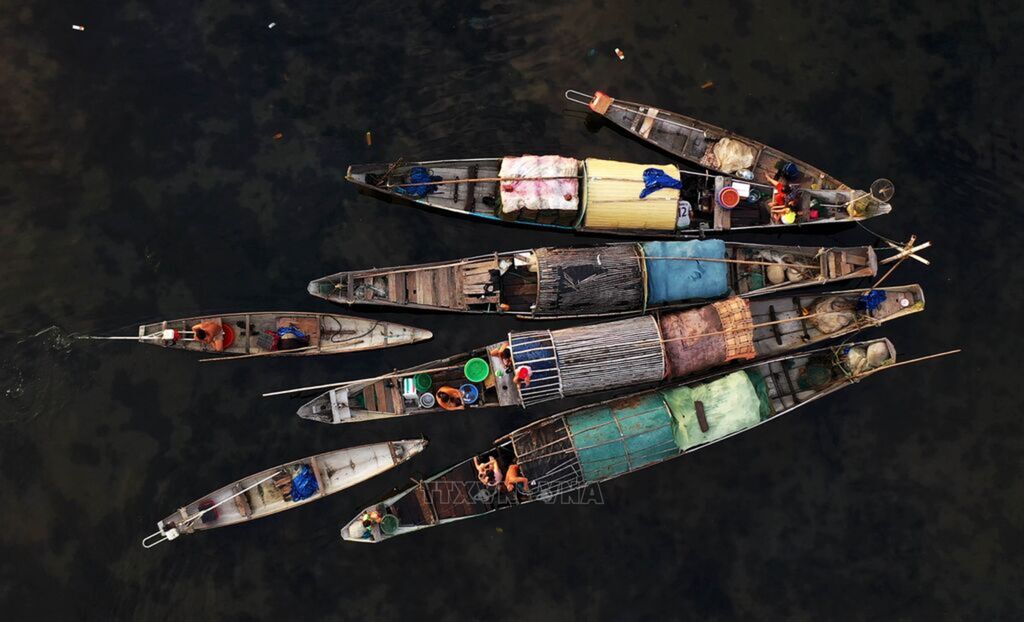
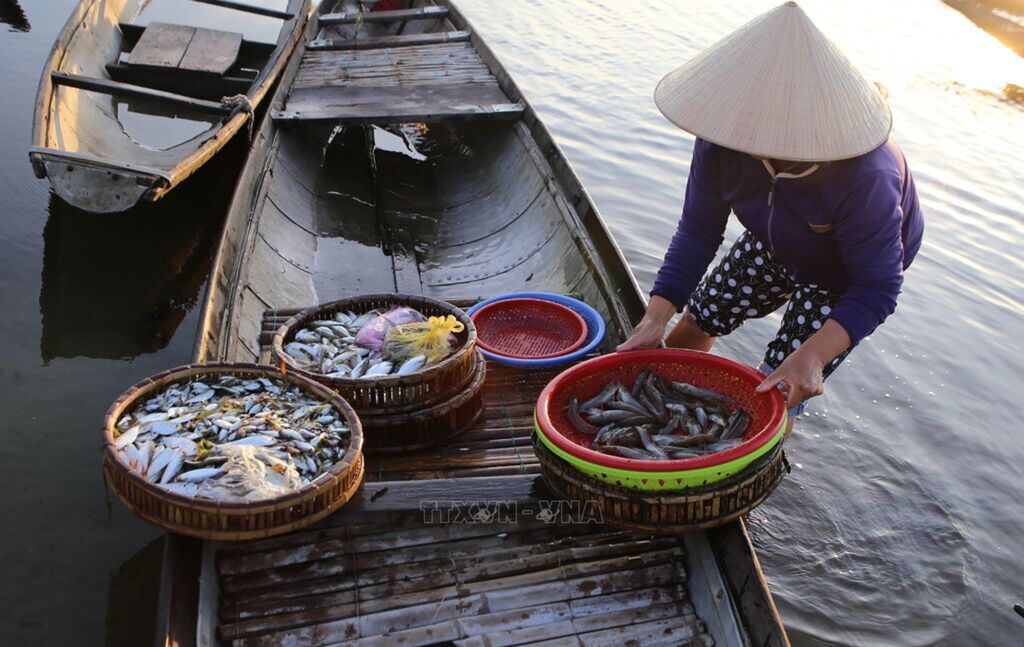











Tam Giang Lagoon: full of all kinds of life
The Tam Giang Lagoon, about 11km north of Huế, erstwhilecapital of Việt Nam, is among Southeast Asia’s largest fresh water bodies. Thelagoon, which borders four districts in Thua-Thien Hue Province, Phong Điền,Quang Điền, Hương Trà and Phú Vang, is about 24km long and covers a 5,200haarea. Its waters are 2-7 metres deep. The lagoon’s rich and diverse ecosystemplays an important role in conserving the country’s biodiversity. The vastfishing ground is a source of livelihood for about a million people who catchtonnes of fish and other seafood every year. It also serves as a shield,protecting the region from salt intrusion and floods; and provides refuge tofishing boats during violent storms. Today, Tam Giang’s pristine waters andwell-preserved cultural heritage of local fishing communities make it amust-visit ecotourism destination in the central region. Photo: Ho Cau - VNA
